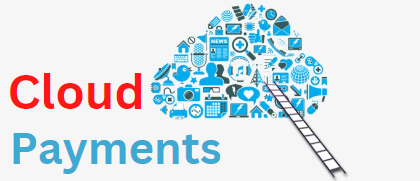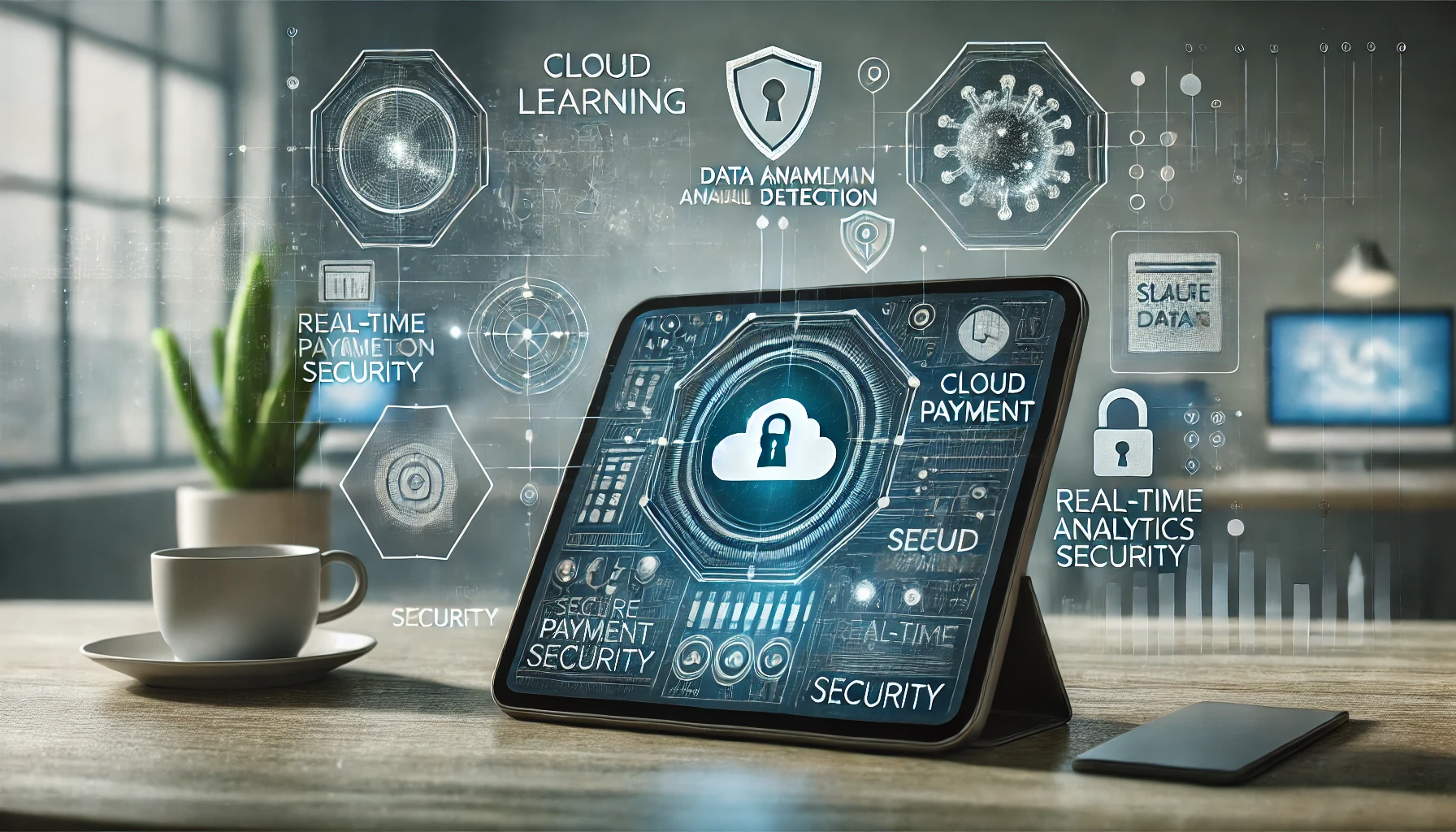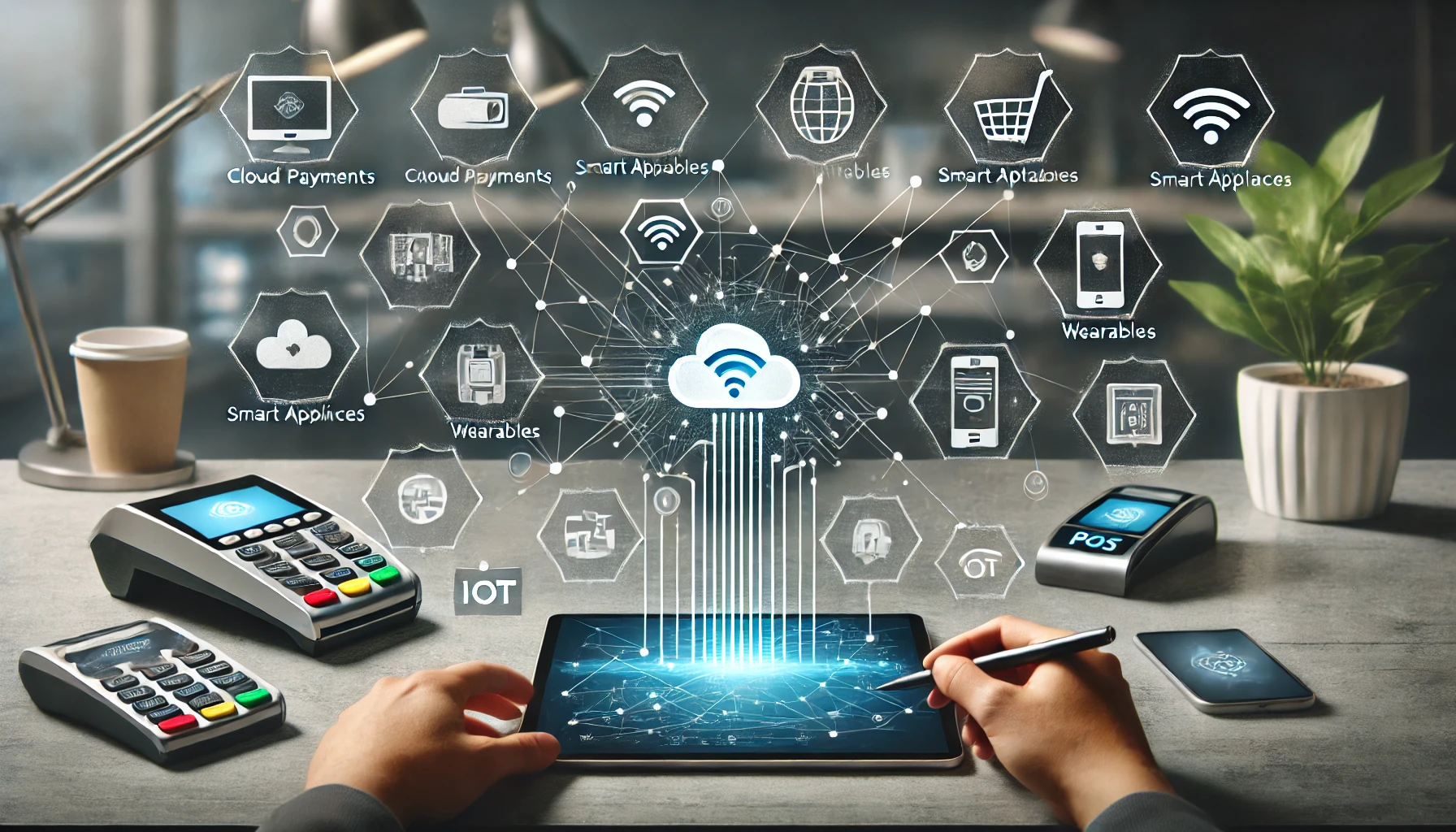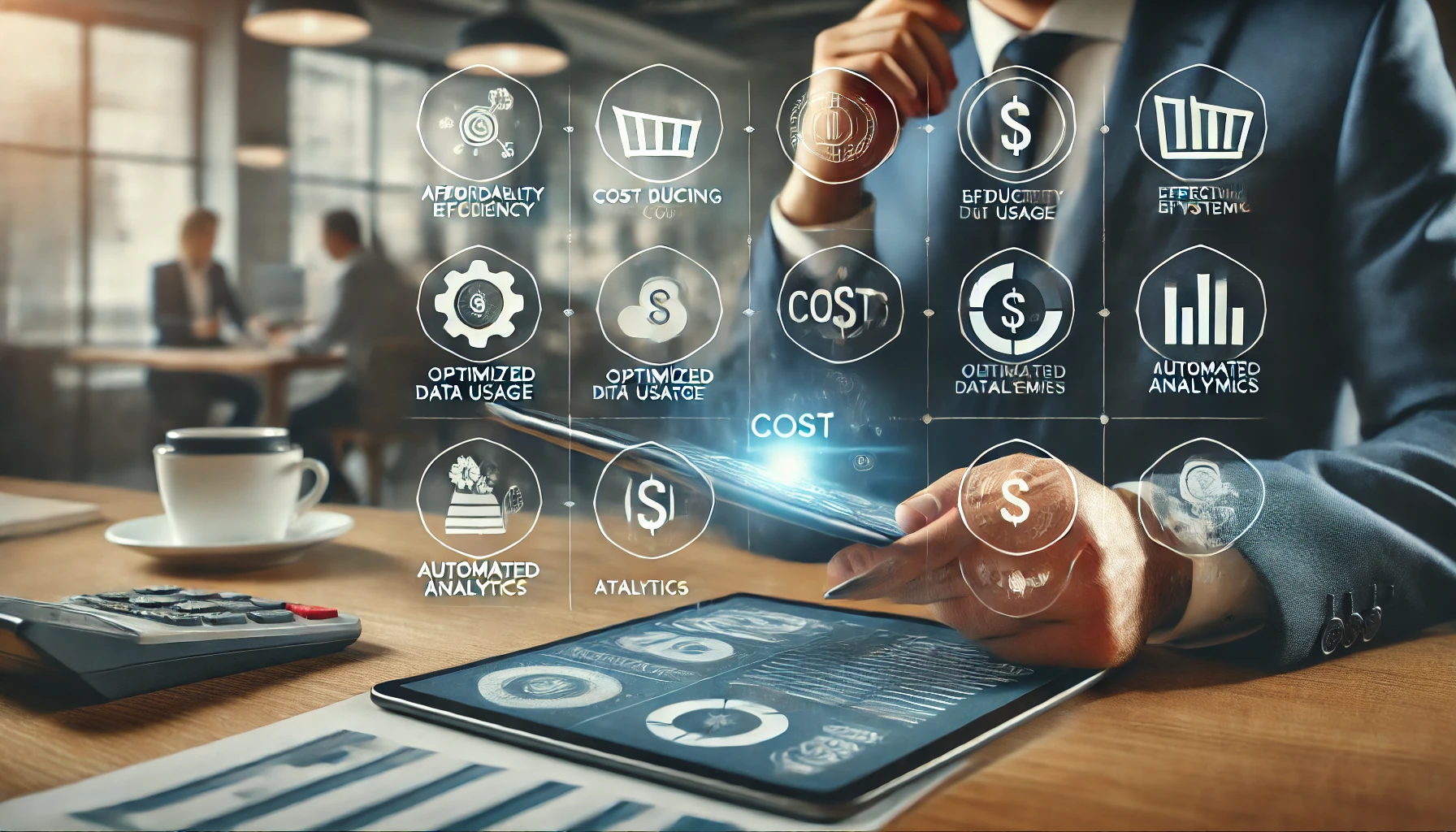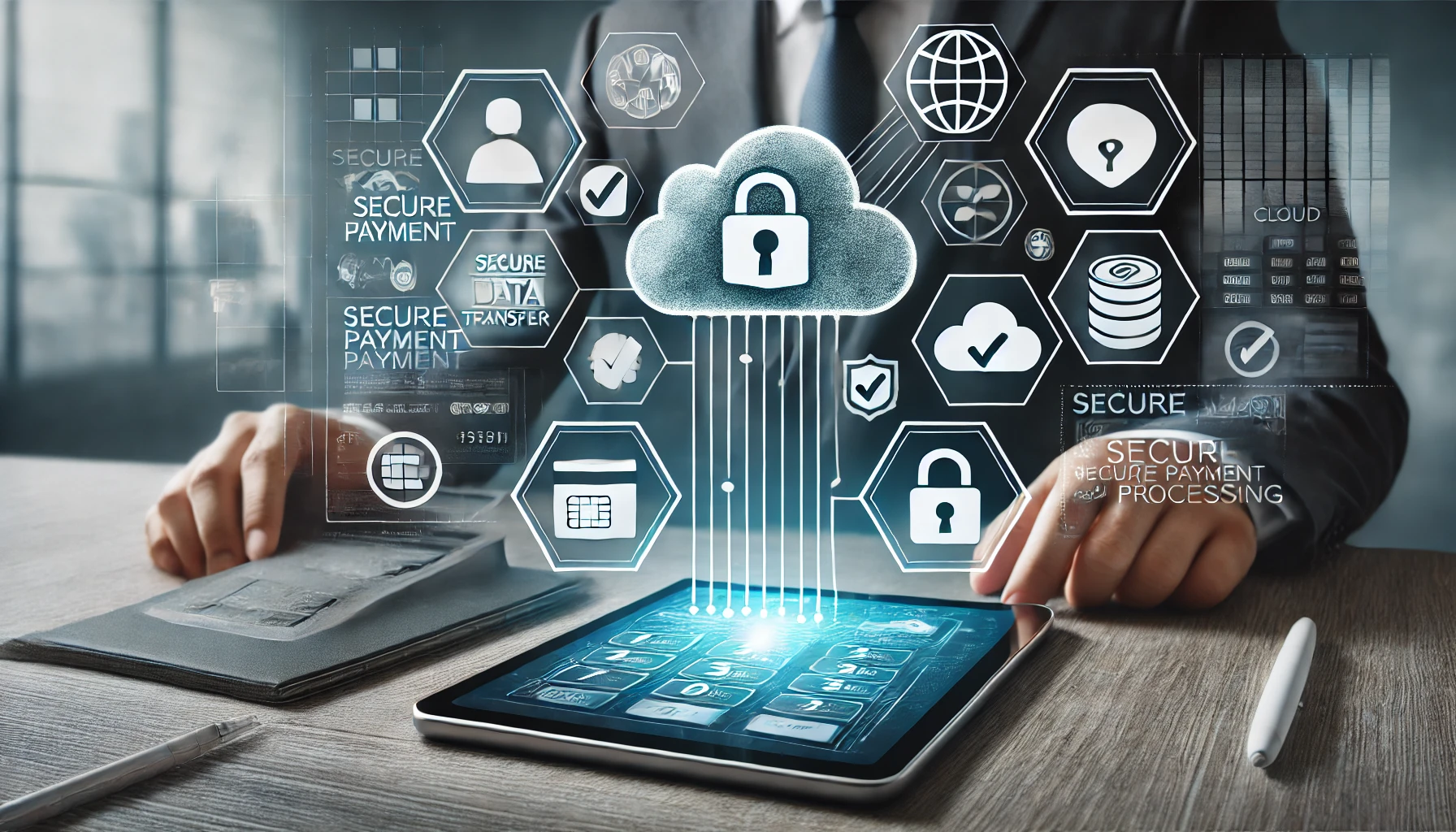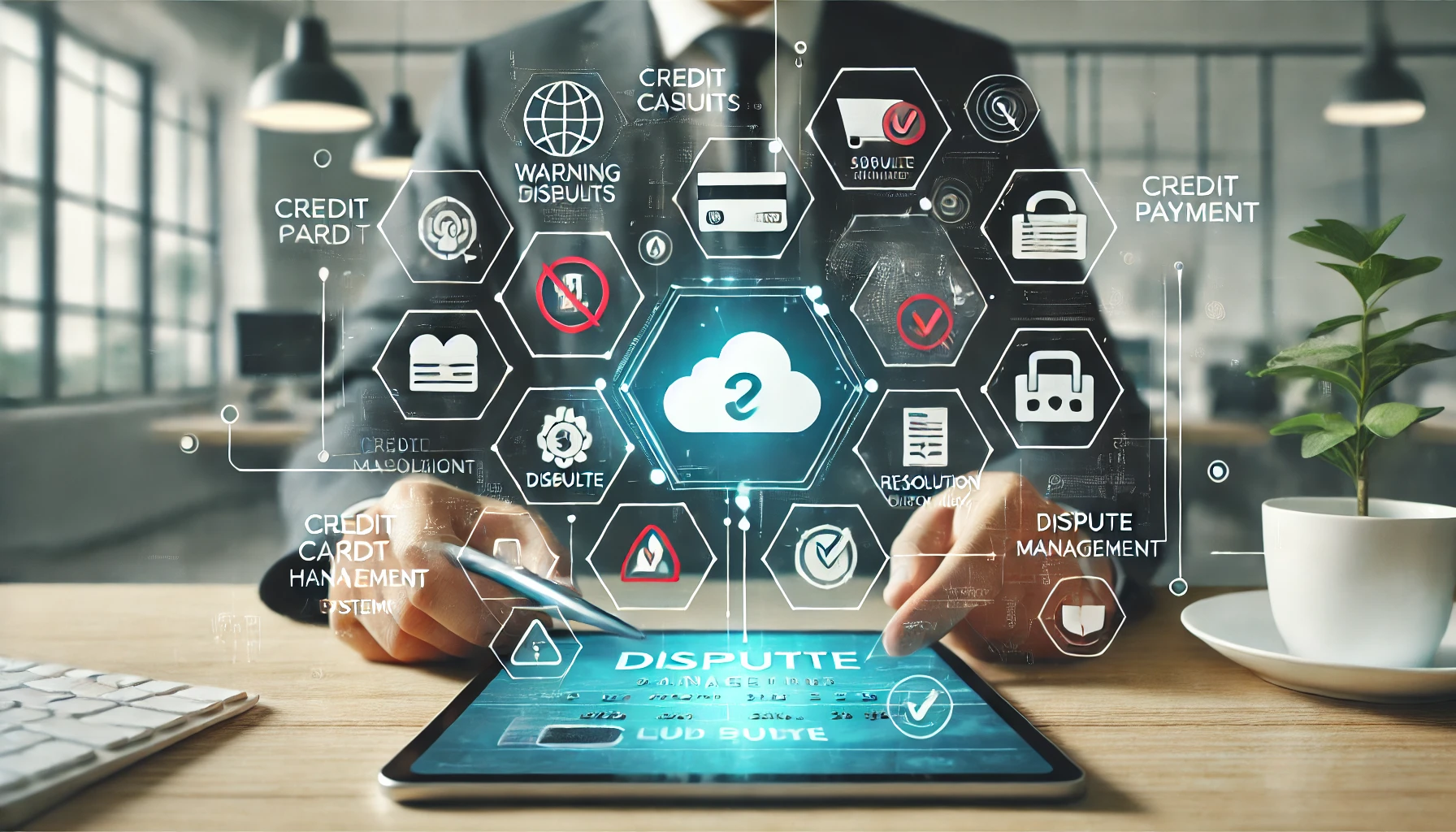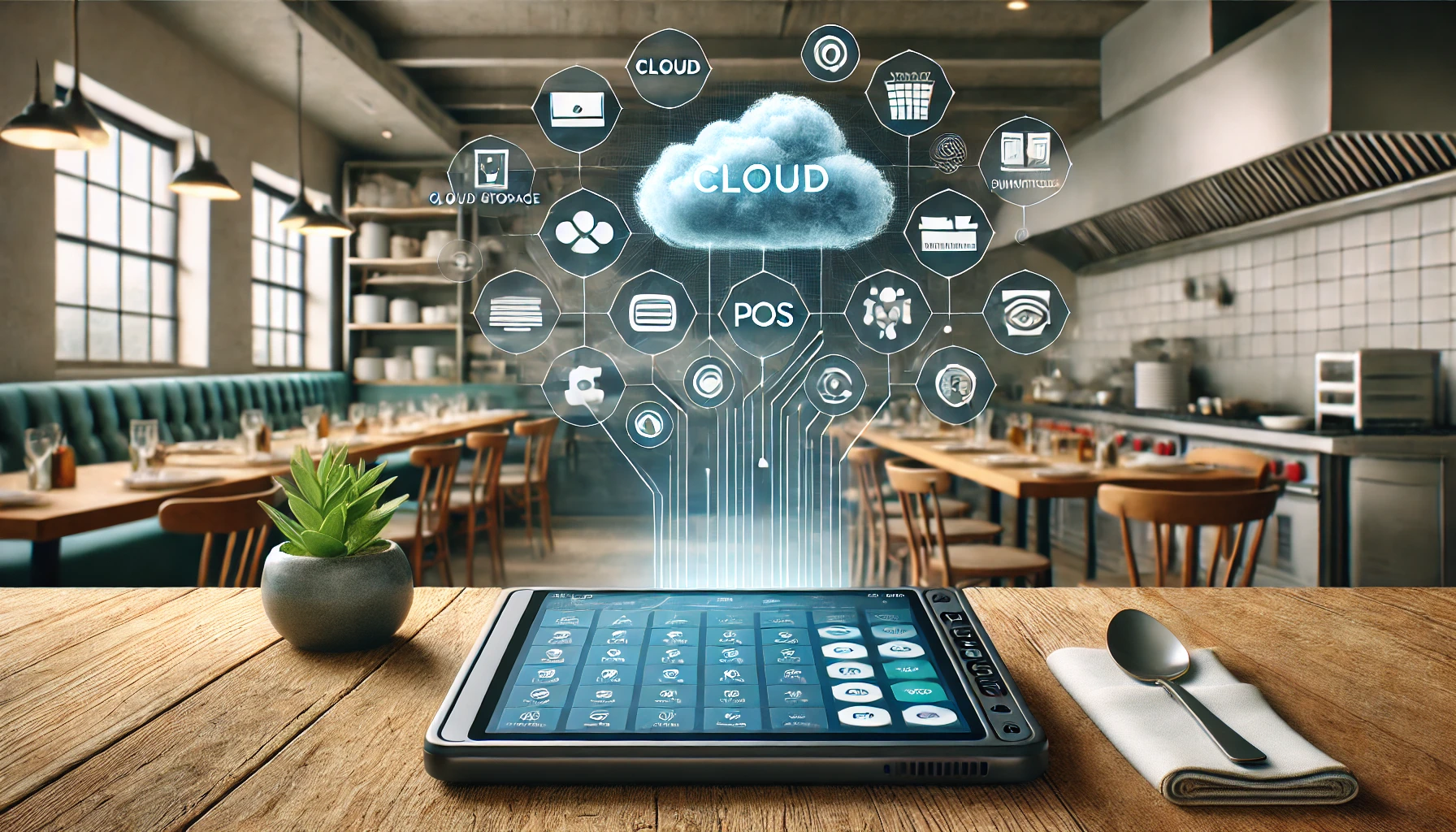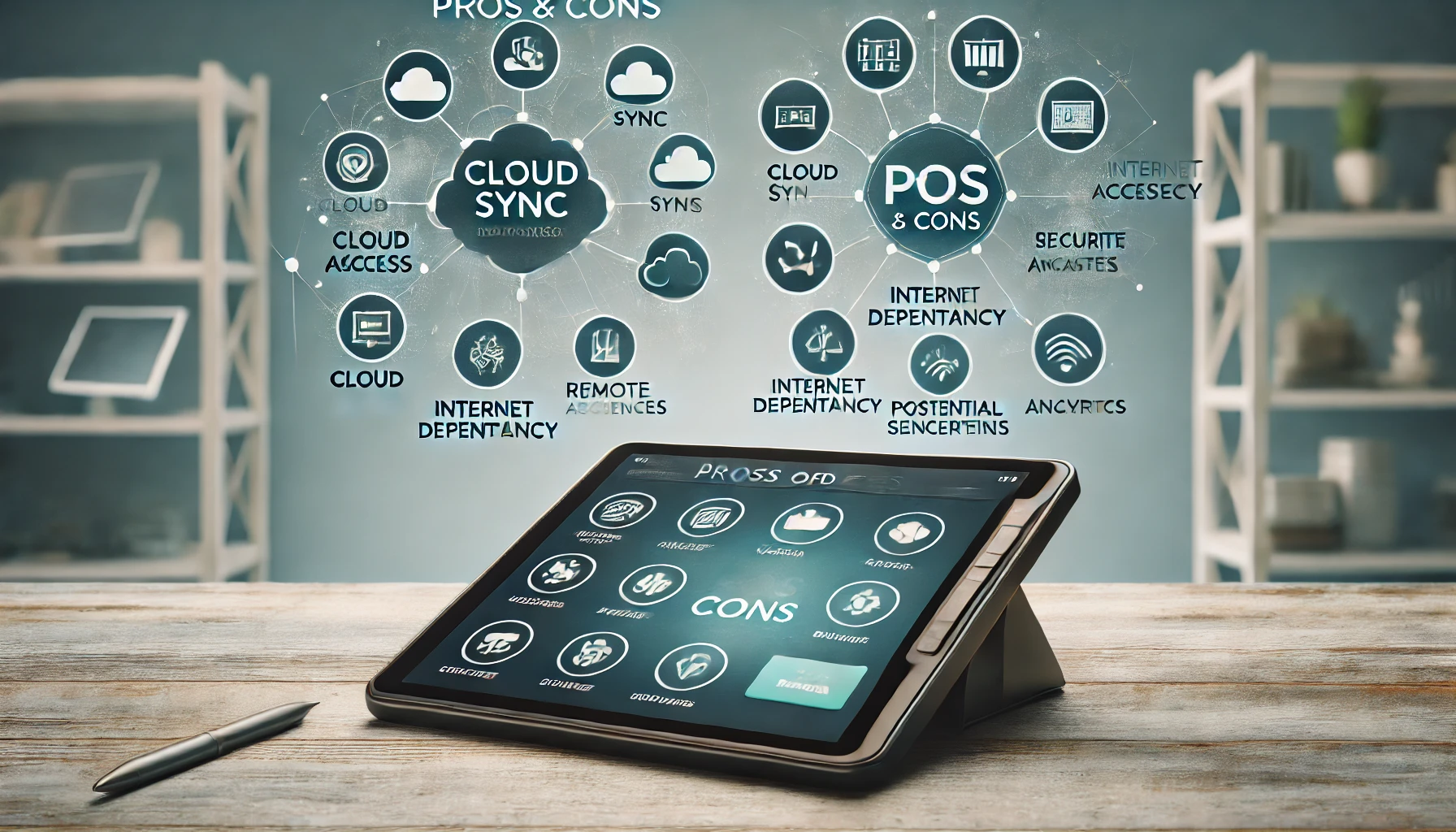The Future of Cloud Payments: Trends to Watch
In recent years, the world of payments has undergone a significant transformation. With the advent of technology, traditional payment methods have given way to more innovative and convenient solutions. One such solution that has gained immense popularity is cloud payments. Cloud payments refer to the process of making transactions using cloud-based platforms, eliminating the need for physical cards or cash. This article will explore the future of cloud payments and the trends to watch in 2024.
The Rise of Mobile Wallets and Contactless Payments
One of the most prominent trends in cloud payments is the rise of mobile wallets and contactless payments. Mobile wallets, such as Apple Pay and Google Pay, have revolutionized the way people make payments. These wallets allow users to store their payment information securely on their smartphones and make transactions with just a tap. According to a report, mobile wallet transactions are expected to reach $3.1 trillion by 2025, indicating the growing popularity of this payment method.
Contactless payments, on the other hand, have gained significant traction due to their convenience and hygiene benefits. With contactless payments, users can simply tap their cards or smartphones on a payment terminal to complete a transaction. This method has become particularly popular during the COVID-19 pandemic, as it reduces the need for physical contact. According to a study by Mastercard, 79% of consumers worldwide now use contactless payments, and this number is expected to rise in the coming years.
Blockchain Technology and its Impact on Cloud Payments
Blockchain technology has emerged as a game-changer in various industries, and cloud payments are no exception. Blockchain is a decentralized and transparent ledger that records transactions securely. Its impact on cloud payments is twofold. Firstly, blockchain technology enhances the security and privacy of transactions. By eliminating the need for intermediaries, blockchain reduces the risk of fraud and unauthorized access to sensitive payment information.
Secondly, blockchain enables faster and more efficient cross-border transactions. Traditional cross-border payments can be slow and costly due to the involvement of multiple intermediaries. With blockchain, transactions can be completed in real-time, reducing the time and cost associated with cross-border payments. According to a report by MarketsandMarkets, the global blockchain market in the payment sector is expected to reach $1.4 billion by 2024, highlighting the growing adoption of this technology.
Enhanced Security Measures in Cloud Payment Systems
Security is a paramount concern when it comes to cloud payments. As more transactions move to the cloud, ensuring the security of sensitive payment information becomes crucial. To address this concern, cloud payment systems are implementing enhanced security measures. One such measure is tokenization, which replaces sensitive payment data with unique tokens. These tokens are meaningless to hackers, reducing the risk of data breaches.
Additionally, biometric authentication is becoming increasingly prevalent in cloud payment systems. Biometric authentication uses unique physical or behavioral characteristics, such as fingerprints or facial recognition, to verify the identity of the user. This adds an extra layer of security, as biometric data is difficult to replicate or steal. According to a study by Visa, 86% of consumers are interested in using biometrics for payments, indicating the growing acceptance of this technology.
The Role of Artificial Intelligence in Streamlining Cloud Payments
Artificial Intelligence (AI) is revolutionizing various industries, and cloud payments are no exception. AI-powered systems can analyze vast amounts of data to detect patterns and anomalies, enabling fraud detection and prevention in real-time. By continuously learning from past transactions, AI systems can identify suspicious activities and alert users or block fraudulent transactions.
Furthermore, AI can enhance the user experience by personalizing payment recommendations and offers based on individual preferences and spending habits. This not only improves customer satisfaction but also increases the likelihood of repeat purchases. According to a report by Gartner, AI will be a key enabler of 15% of digital payments by 2023, highlighting its growing importance in the cloud payment landscape.
The Integration of Internet of Things (IoT) in Cloud Payments
The Internet of Things (IoT) refers to the network of interconnected devices that can communicate and exchange data. In the context of cloud payments, IoT can play a significant role in enabling seamless and secure transactions. For example, IoT devices such as smartwatches or connected cars can act as payment devices, allowing users to make payments without the need for physical cards or smartphones.
Moreover, IoT devices can provide valuable data that can be used to enhance the payment experience. For instance, connected devices can provide real-time information about a user’s location, enabling personalized offers and recommendations based on their proximity to certain merchants. According to a report by McKinsey, the number of IoT-connected devices is expected to reach 43 billion by 2023, indicating the vast potential for IoT in the cloud payment ecosystem.
Biometric Authentication and its Influence on Cloud Payments
Biometric authentication is gaining traction in the world of cloud payments due to its convenience and enhanced security. Biometric authentication uses unique physical or behavioral characteristics, such as fingerprints, facial recognition, or voice recognition, to verify the identity of the user. This eliminates the need for passwords or PINs, which can be easily forgotten or stolen.
Biometric authentication not only enhances security but also improves the user experience. With biometrics, users can make payments with a simple touch or glance, eliminating the need to remember multiple passwords or carry physical cards. According to a study by Juniper Research, biometrically authenticated payments are expected to reach $2.5 trillion by 2024, indicating the growing acceptance of this technology.
The Emergence of Decentralized Finance (DeFi) in Cloud Payments
Decentralized Finance (DeFi) is an emerging trend in the world of cloud payments. DeFi refers to the use of blockchain technology and smart contracts to create decentralized financial systems. These systems eliminate the need for intermediaries, such as banks or payment processors, and enable peer-to-peer transactions.
DeFi has the potential to disrupt traditional payment systems by offering lower fees, faster transactions, and greater financial inclusivity. For example, individuals in underserved regions can access financial services through DeFi platforms, bypassing the need for traditional banking infrastructure. According to a report by Deloitte, the total value locked in DeFi protocols reached $100 billion in 2021, indicating the rapid growth of this sector.
FAQ: Common Concerns and Misconceptions about Cloud Payments
Q.1: What are cloud payments?
Answer: Cloud payments refer to the process of making transactions using cloud-based platforms or services. Instead of using physical cards or cash, users can store their payment information securely in the cloud and make payments electronically.
Q.2: How do mobile wallets work?
Answer: Mobile wallets are applications that allow users to store their payment information, such as credit card details, securely on their smartphones. Users can make payments by simply tapping or waving their devices on payment terminals, eliminating the need for physical cards.
Q.3: What is the role of blockchain in cloud payments?
Answer: Blockchain technology provides a secure and transparent platform for conducting transactions in cloud payments. It eliminates the need for intermediaries, reduces costs, and increases transaction speed. Blockchain also enables cross-border payments to be faster and more cost-effective.
Q.4: How does artificial intelligence enhance cloud payments?
Answer: Artificial intelligence enhances cloud payments by improving fraud detection and prevention. AI algorithms can analyze large amounts of data to identify patterns and make accurate predictions, enhancing the security of cloud payments. AI also enables personalized payment experiences by analyzing user preferences and offering relevant recommendations.
Q.5: What security measures are implemented in cloud payments?
Answer: Security measures implemented in cloud payments include tokenization, multi-factor authentication, and encryption. Tokenization replaces sensitive payment information with unique tokens, reducing the risk of unauthorized access. Multi-factor authentication requires users to provide multiple forms of identification, enhancing security. Encryption scrambles data during transmission, ensuring confidentiality and protection against cyber threats.
Q.6: How does big data analytics contribute to cloud payments?
Answer: Big data analytics provides valuable insights into customer behavior, preferences, and trends in cloud payments. By analyzing large volumes of data, businesses can personalize the payment experience, offer targeted promotions, and detect and prevent fraud in real-time.
Q.7: What is the impact of IoT on cloud payments?
Answer: The integration of IoT with cloud payments enables seamless and secure transactions. IoT devices, such as smartwatches and connected cars, can be used to make payments without the need for physical cards or cash. IoT data can also be leveraged to offer personalized promotions and recommendations based on user preferences and location.
Q.8: How does biometric authentication improve cloud payments?
Answer: Biometric authentication enhances cloud payments by providing a higher level of security compared to traditional authentication methods. Biometric data, such as fingerprints or facial features, is unique to each individual and difficult to replicate, reducing the risk of identity theft and fraud. Biometric authentication also simplifies the payment process by eliminating the need for passwords or PINs.
Q.9: What are Central Bank Digital Currencies (CBDCs)?
Answer: Central Bank Digital Currencies (CBDCs) are digital forms of fiat currencies issued and regulated by central banks. CBDCs are built on blockchain or distributed ledger technology, providing a secure and transparent platform for conducting digital transactions. CBDCs have the potential to revolutionize cloud payments by offering a more efficient and inclusive payment system.
Q.10: What are the key trends to watch in the future of cloud payments?
Answer: The key trends to watch in the future of cloud payments include the rise of mobile wallets and contactless payments, the impact of blockchain technology, the role of artificial intelligence and machine learning, enhanced security measures, the use of big data analytics, the integration of IoT, the influence of biometric authentication, and the emergence of Central Bank Digital Currencies (CBDCs).
Conclusion
The future of cloud payments is filled with exciting possibilities. The rise of mobile wallets and contactless payments, the integration of blockchain technology, enhanced security measures, the role of artificial intelligence, the emergence of IoT and biometric authentication, and the growth of decentralized finance are all trends to watch in 2024. These trends not only enhance the convenience and security of payments but also pave the way for a more inclusive and efficient financial ecosystem. As technology continues to evolve, cloud payments will undoubtedly play a significant role in shaping the future of transactions.
